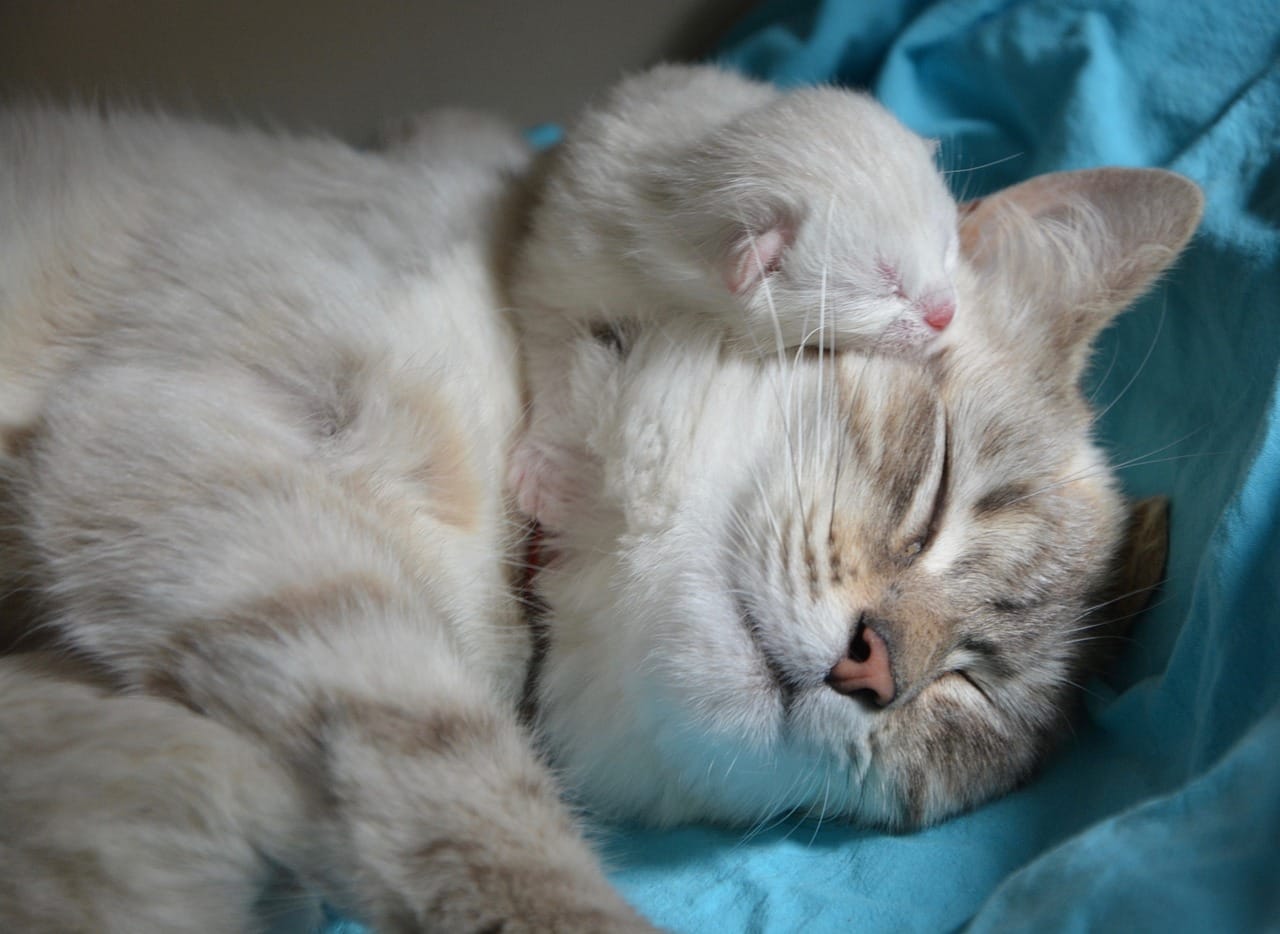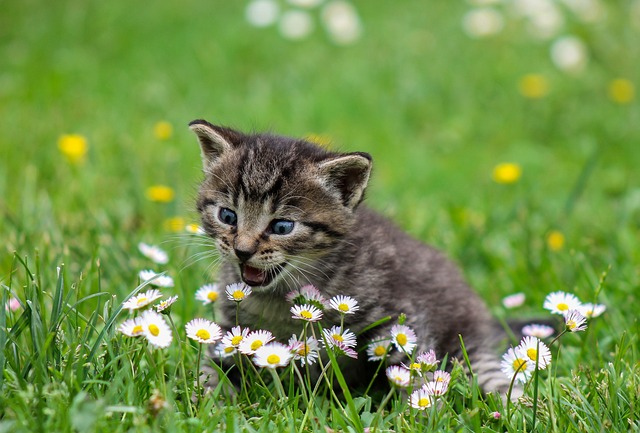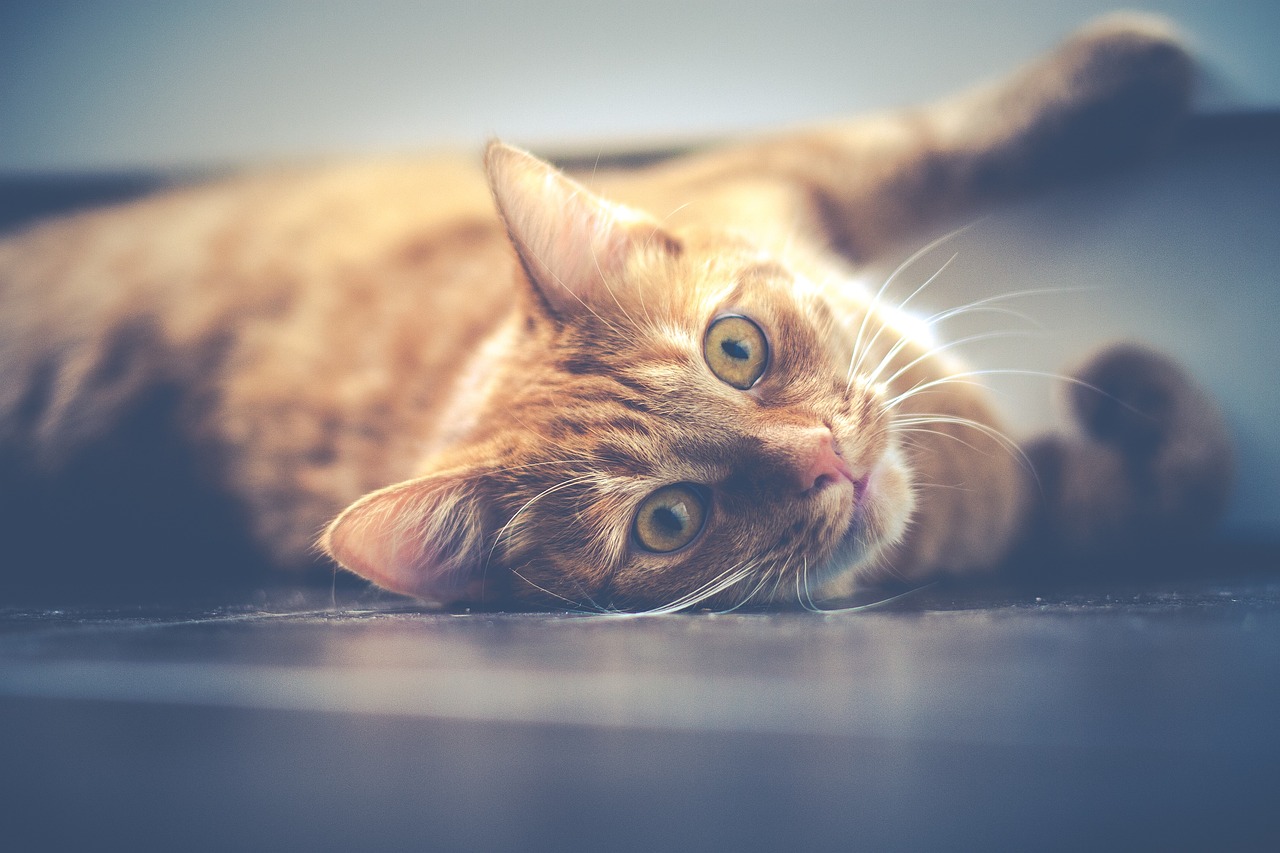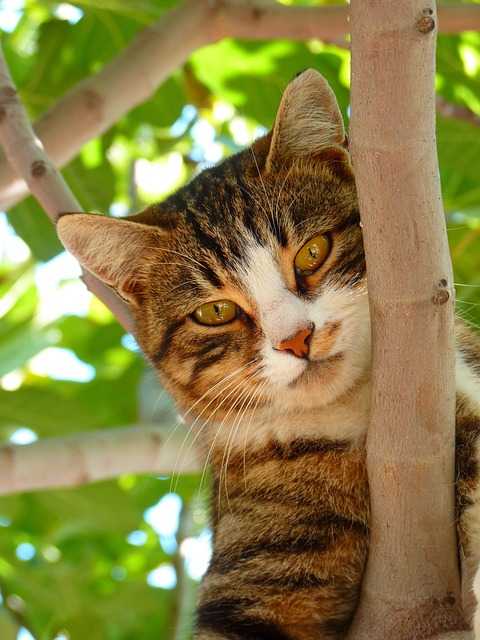Welcoming a litter of kittens into your home is an exciting and rewarding experience. However, cat pregnancy and labor require careful attention and preparation to ensure the health and well-being of the mother cat (queen) and her kittens. In this guide, we’ll walk you through the signs of cat pregnancy, how to prepare for labor, what to expect during the birthing process, and post-labor care.
Signs and Symptoms of Cat Pregnancy
During cat pregnancy, the queen will exhibit both physical and behavioral changes. Here are some common signs to look out for:
- Physical Changes: An enlarged abdomen, pink nipples, and increased appetite are typical signs of pregnancy in cats.
- Behavioral Changes: Changes in mood, increased affection, and nesting behavior (creating a cozy space for giving birth) are common as the due date approaches.

Preparation for Cat Labor
Before the queen goes into labor, it’s essential to prepare a comfortable and safe environment for her and the kittens:
- Setting Up a Birthing Area: Choose a quiet, secluded spot for the queen to give birth. Provide a nesting box filled with clean towels or blankets.
- Gathering Supplies: Have clean towels, blankets, and a heating pad or lamp ready in case the kittens need warmth.
Signs of Impending Labor
As labor approaches, watch for these signs that indicate the queen is getting ready to give birth:
- Drop in Body Temperature: Monitor the queen’s rectal temperature. A drop from around 101-102°F to below 100°F indicates labor will likely start within 24 hours.
- Restlessness and Pacing: The queen may become restless and exhibit nesting behaviors.
Stages of Cat Labor
Cat labor typically occurs in three stages:
- Stage 1: Early Labor
- Nesting behavior, pacing, and mild contractions. The queen may seem restless but not in severe distress.
- Stage 2: Active Labor
- Strong contractions begin, and kittens are delivered. Each kitten is usually born within 30-60 minutes of strong contractions.
- Stage 3: Expelling Placenta
- The queen will deliver the afterbirth (placenta) for each kitten.
What to Do During Cat Labor
During labor, provide support and monitor the queen closely:
- Offer Comfort: Be present but avoid excessive intervention unless necessary.
- Monitor the Process: Count the number of kittens delivered. Contact a vet immediately if labor seems prolonged or if there are signs of distress.
Post-Labor Care for Mom and Kittens
After the last kitten is born, ensure the following for the queen and her kittens:
- Nursing and Bonding: Allow the queen to nurse and bond with her kittens in a quiet, warm environment.
- Health Checks: Monitor the mother for signs of postpartum complications, such as excessive bleeding or rejection of kittens. Check the kittens’ health and weight regularly.
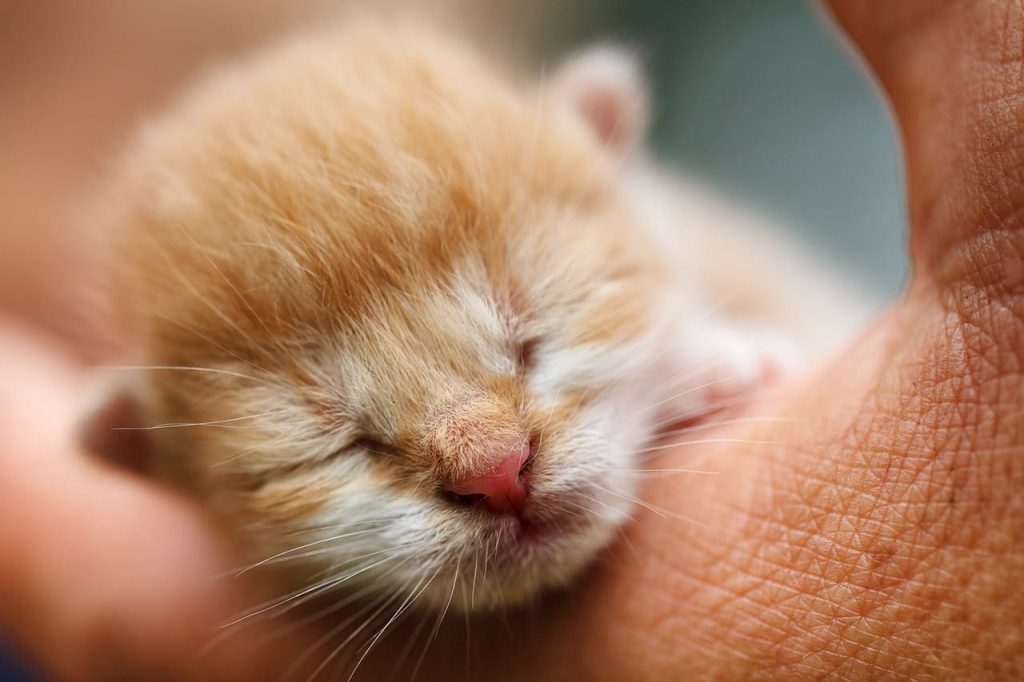
Conclusion
By understanding the signs of cat pregnancy and being prepared for labor, you can help ensure a smooth and successful birthing process for your queen and her kittens. Remember, if you have any concerns or if labor seems unusual or prolonged, don’t hesitate to contact your veterinarian for assistance. With proper care and attention, you’ll be ready to welcome a new litter of adorable kittens into your home!

